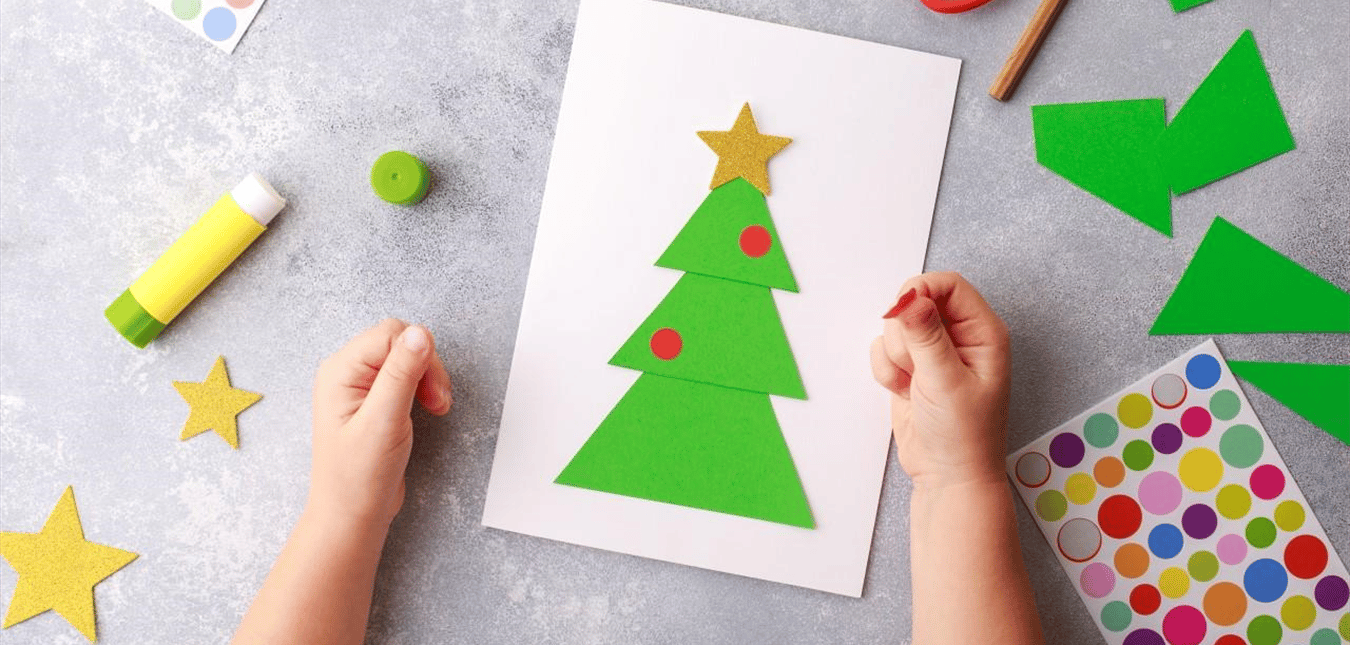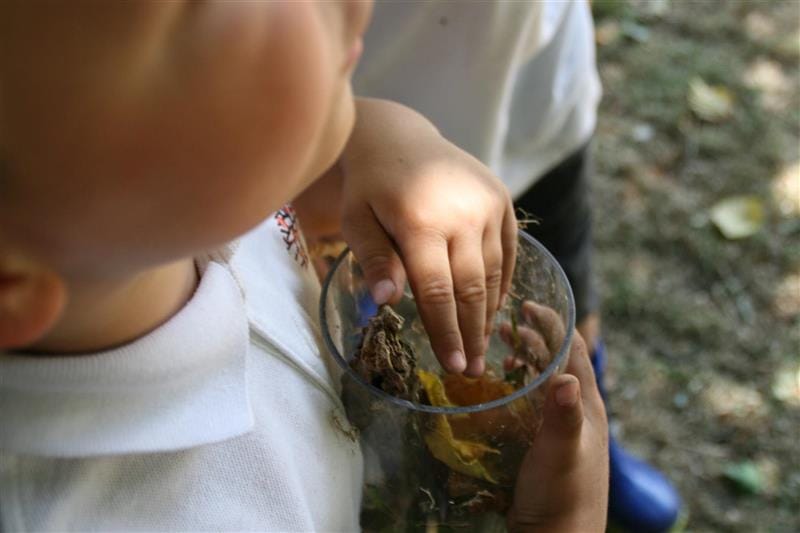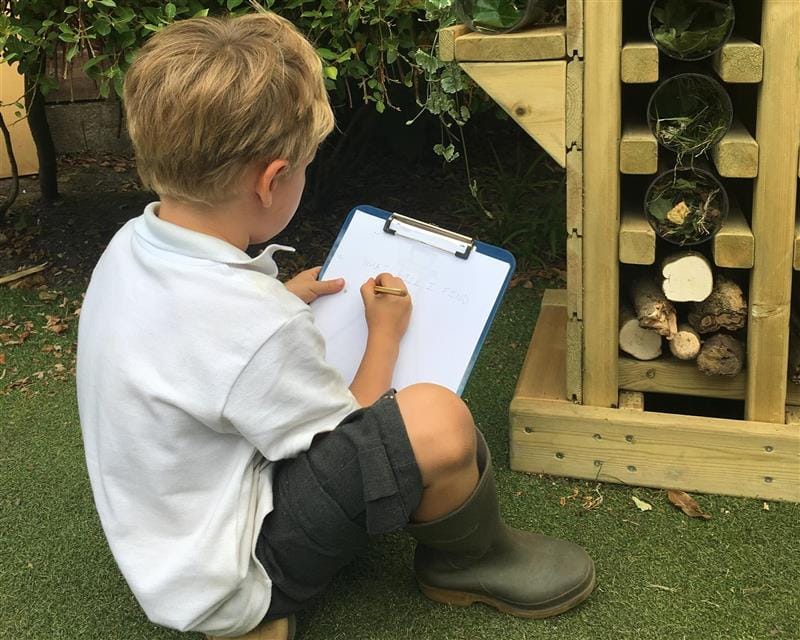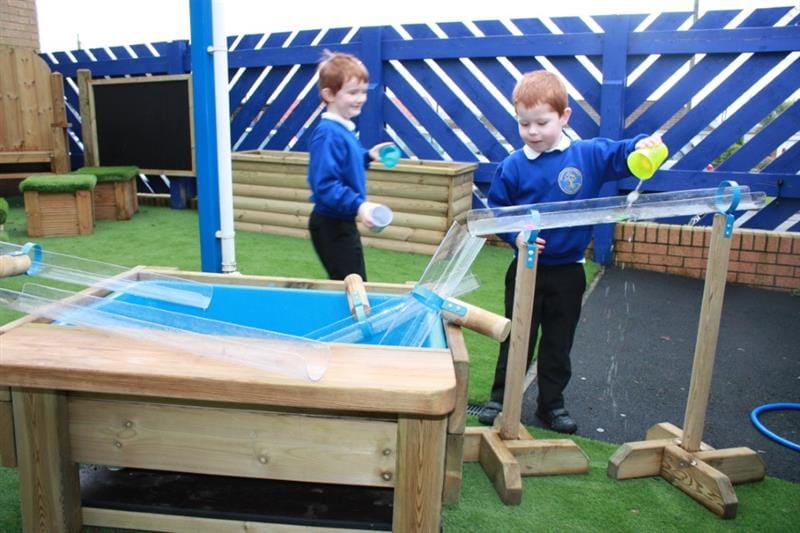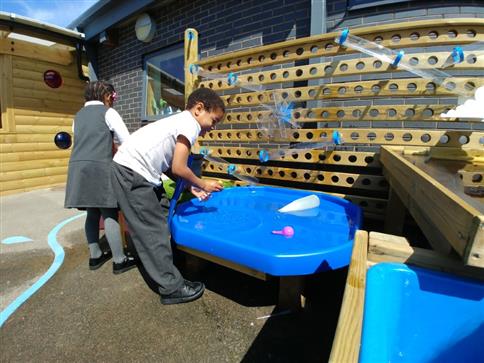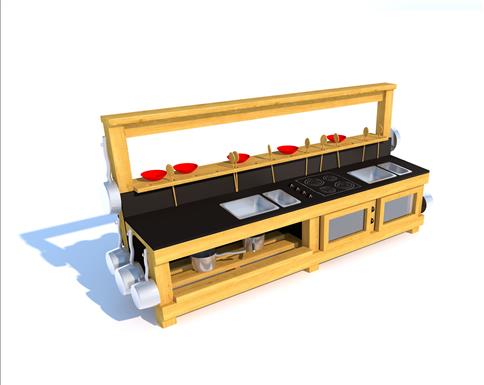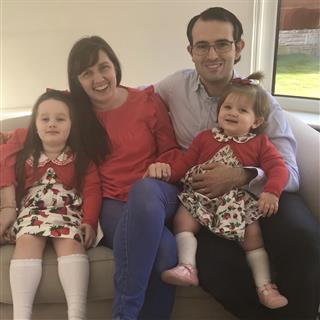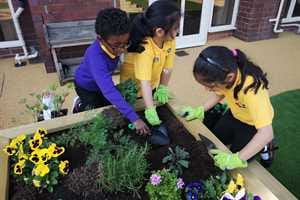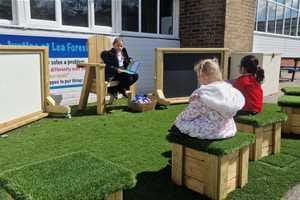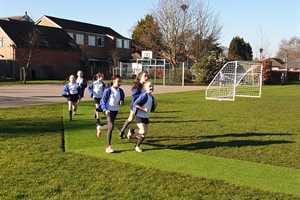
Outdoor Learning and Play
How you can captivate the hygge lifestyle for yourself this year!
In the last few years, the term ‘hygge’ (pronounced hue-guh) has certainly gained popularity.
Hygge has Danish origins and essentially means a feeling of cosiness, contentment and well-being through embracing the simple things in life. Reading a book indoors on a cold day, with a candle, a hot drink and a warm blanket is a perfect example of hygge happiness.
Hygge requires you to recognise and enjoy the present whether alone, with friends, at home or outside. There is a certain slowness and feeling of being content involved in hygge practise.
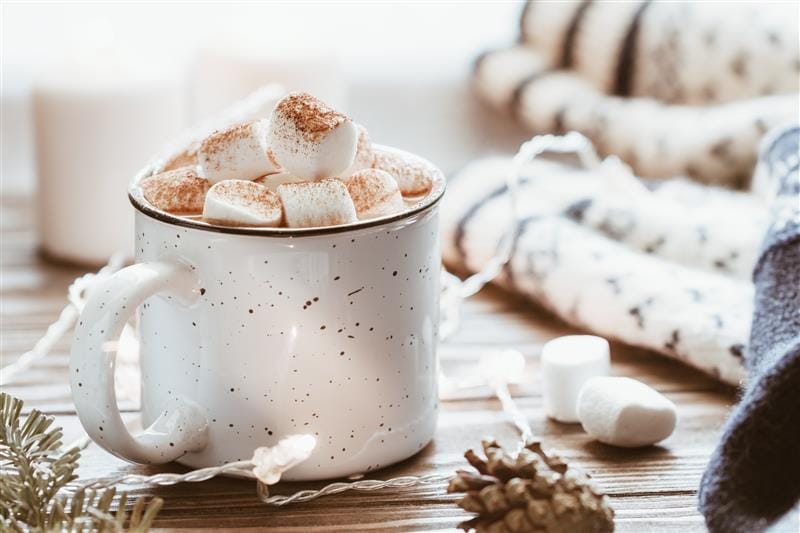
In recent years Early Years practitioners have started to apply hygge concepts to their settings. The learning environment can have a huge impact on progress throughout the EYFS.
A hygge inspired learning environment can create a safe and inclusive atmosphere where children feel sheltered and protected as they learn.
There is an emphasis on children’s natural sense of wonder, investigation and intrigue when exploring continuous provision and child-led activities.
Create a calm atmosphere
Hygge inspired classrooms to take inspiration from Scandi interior design. Busy, bright wall displays using a rainbow of colours are being replaced by neutral tones and materials such as wood and hessian which help to create a calming atmosphere.
A key element of hygge is soft lighting, teachers are opting to turn off overhead fluorescent lights in favour of natural light, lamps, LED candles and fairy lights.
Photo frames can be used to promote certain book covers or useful posters. Framing photographs of pupils build a class community and allow learners to see the classroom as their own personal space.
A ‘book nook’ is an ideal space to create a cosy resting place where adults and children can share their favourite reads. Pentagon’s Hobbit Playhouse would be the perfect retreat for learners and can be made even more comfortable and cosy by adding sheepskin rugs, knitted blankets and fluffy cushions.
Another key hygge principle is to declutter the learning environment to avoid children being overstimulated. Pentagon’s range of storage units allow equipment to be neatly put away and readily accessible for toy rotation.
One of the core principles of hygge is the appreciation of nature and the natural elements.
Hygge philosophy involves spending time outside as well as bringing nature into the classroom. Sometimes when we slow down the pace of learning, we can discover children’s own interests and fascinations which can motivate them to learn.
The remainder of this blog will focus on how we can use hygge principles to connect with our classes through nature during the winter season.
Looking up to the Skies
- Taking a winter walk with your class helps them to notice the seasonal change and to appreciate nature.
- Encourage pupils to look up at the tree branches and talk about what they can see.
- Classes can draw and identify different trees in the school grounds or local park.
- Photographs could be taken and once back in the classroom pupils could create their own local tree guide books for other classes to use.
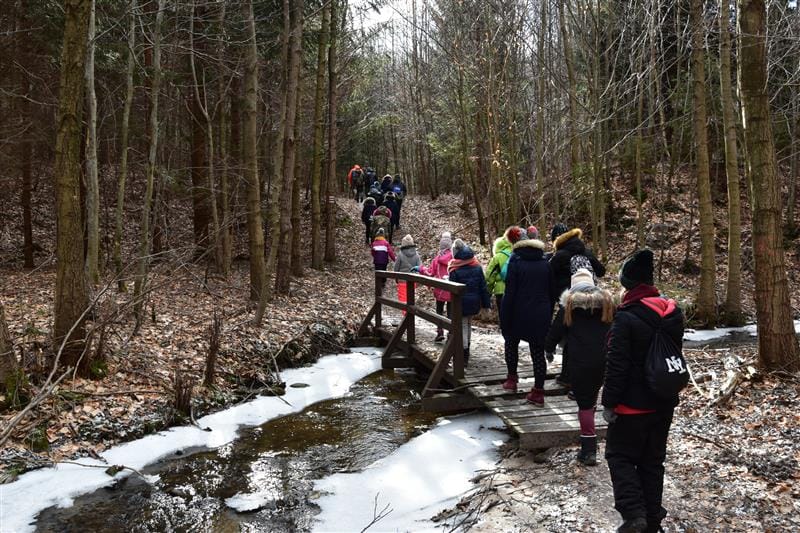
Winter is a great time to take bark rubbings and to collect some natural textures such as twigs, berries, conifer cuttings and pine needles which can be used to make imprints in playdough or clay.
Hibernation is a great topic to study throughout the winter season. Pupils are often curious to learn about hibernation and which animals hibernate. Natural resources can be taken into the classroom and children could be set the task of making a cosy home for the toys/stuffed animals to hibernate in.
Classes may decide that they would like to help local wildlife in their outdoor area. They can create leaf and log piles for bees to lodge in and make sure the bughouse is in a sheltered, frost-free spot. Outdoor homes could be made for hedgehogs to hibernate in using leaves, logs and a plentiful supply of food.
Having a winter nature table is a wonderful way to bring hygge principles into your classroom. Vases can be used to store twig collections and adorned with fairy lights. Pine cones, winter themed books, tree stumps or pieces of bark would make excellent additions.
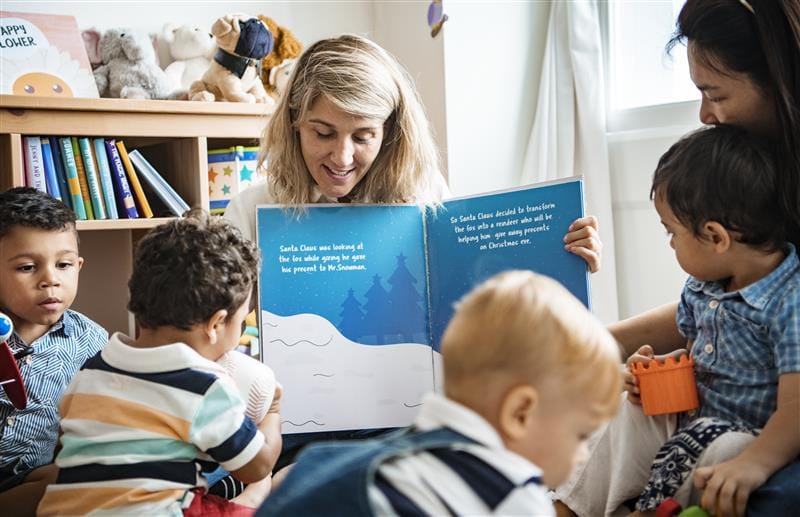
Cold and Ice!
We often shudder when we see that first winter morning when our cars are covered in frost and ice but the winter season can be a brilliant time to talk to pupils about how ice is formed. It can lead to interesting discussions involving geography, icebergs and global warming.
If you know it’s going to be a particularly cold night you can leave out your tuff tray filled with water, ready for the children to discover in the morning. It will provide a great starting point for children to observe and share their thoughts and questions. If you let the water freeze in Pentagon’s water channels, they will provide hours of free play and discussion as figures slip and slide into the ice rink tray below.
A wonderful craft activity for a freezing night is to create ice ornaments. Children can collect winter leaves, foliage and frozen petals which can be added to plastic food lids or saucers. If you loop a short length of string and place the ends into the water the next day you will have a beautiful decoration that can be hung on trees in the playground.
Children will enjoy taking their paintbrushes outside and applying colour directly to the ice. Food colouring can be added to pipettes and applied to crushed ice and snow which allows children to explore colour mixing whilst refining fine motor skills.

Getting Muddy!
The outdoor mud kitchen certainly doesn’t have to be put away as the winter season starts. Children will enjoy working in the woodland kitchen, following recipe cards or making some creations of their own. I have seen mud kitchens turned into winter drink stations, using mud, water, leaves and a whisk to create hot chocolate, leaf tea and cappuccinos!
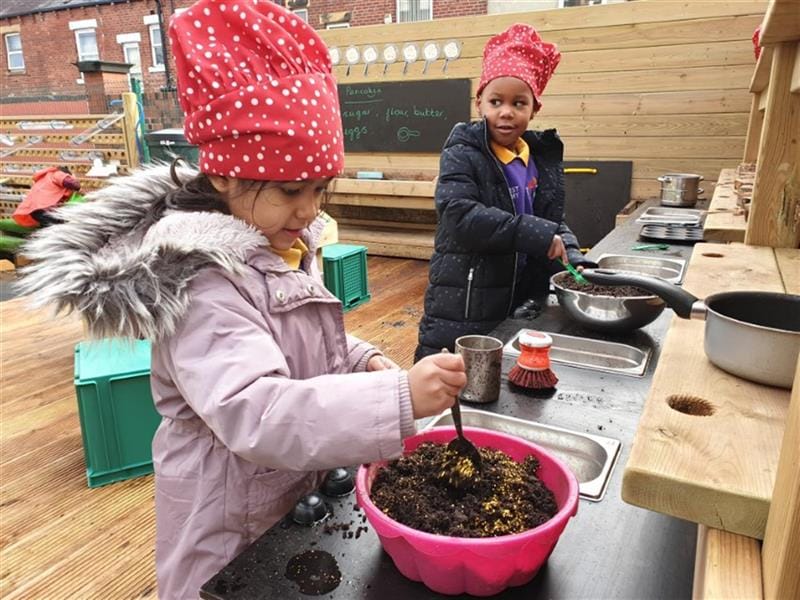
Pentagon’s mud box is the perfect digging pit for an outdoor space. Children will develop their upper body strength as they collect supplies. Different items could be added to the box such as toy insects and children can use magnifying glasses, different sized pots and tweezers to investigate.
Mud and water can make the perfect cement when using large foam, plastic or wooden blocks and playing with trucks and diggers in the construction area.
Pupils will enjoy mixing mud to achieve the right consistency and using it to paint on different surfaces such as the floor, on to material tied between two posts or onto paper attached to an easel. Powdered paint can be added to achieve different colours which provide pupils with a great opportunity to mark make outdoors.

Making and Baking!
Cooking together seems to be an essential part of the hygge practice. Pupils love to be involved in every step of the process from stirring to adding ingredients to pouring and tasting of course! Cooking is a great way to spend time together as a class and everyone can take on a different role whether chopping, slicing, stirring or decorating.
Whenever I told classes that we would be doing some cookery or baking I was always met with a whole room of smiling, happy faces. I always thought it was something we should do more often as stirring, measuring, rolling, squeezing and spreading really helps to develop fine motor and hand-eye coordination skills.
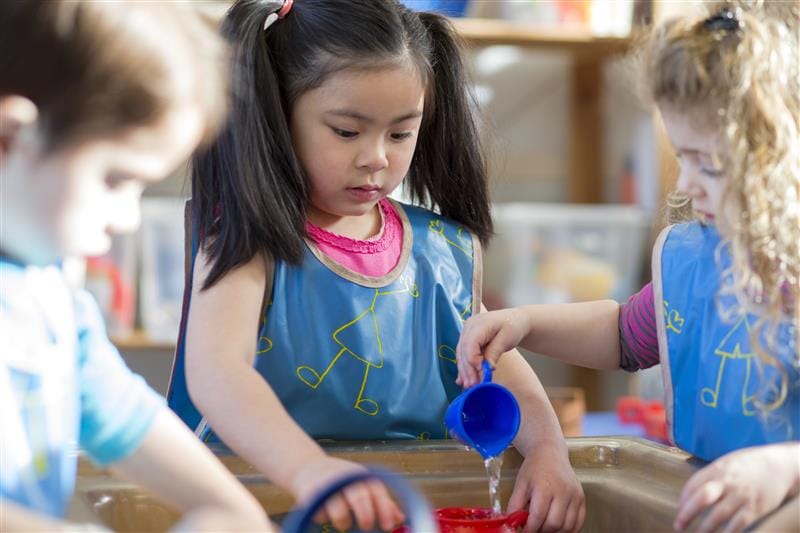
Cooking is a sensory experience that appeals to a range of learning styles. Our sense of smell is awakened when cooking. Popular Hygge scents such as cinnamon, vanilla and ginger can provide a feeling of comfort and boost mood. It can help with language development as pupils discuss and describe their actions. Children are exposed to new vocabulary and once reading they can follow recipes and compose their own.
One of the main advantages of cooking with pupils is the opportunity to practise real-life mathematical skills. Children may be required to count out the number of scoops, read the numbers on the recipe card, double a recipe, weigh items using scales or understand fractions when measuring a quarter and a half of a cup.
When baking the classroom transforms into a science lab as children watch their food change colour, texture, shape and size. They can make predictions and observations and see for themselves what happens when too much or too little of an ingredient is added and the effect temperature has.
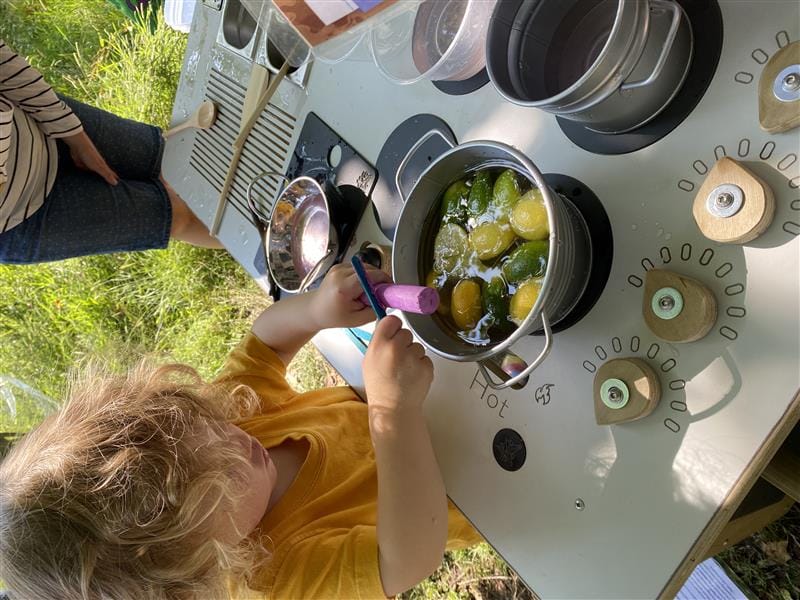
I don’t think I’ve met a child yet who hasn’t been really proud when they have made something to eat and take home to their families. For many children their favourite part is decoration and presentation of their bakes which allows them to experiment with creativity.
It would be lovely to give children a choice between two recipes and allow them to vote, perhaps they could bring in some of their favourite family recipes from home. Soups, cheese scones, poppy seed muffins, pizza puff pinwheels, apple cakes and gingerbread are just some of the comforting, hygge recipes you could try with classes this winter.
A tuff spot table is a great place for baking as many children can comfortably fit round each side and tidying up should be easy!
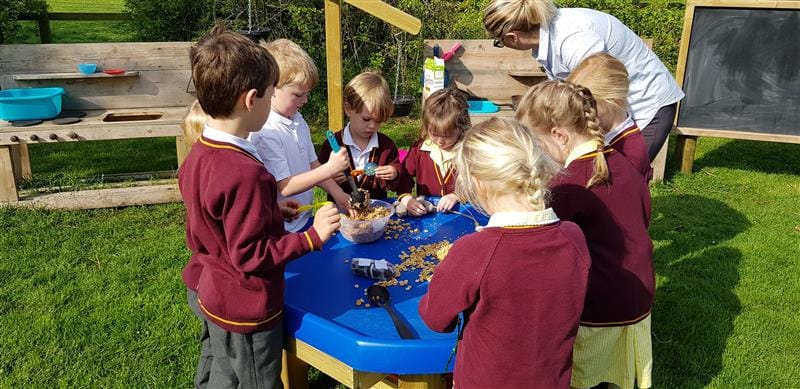
Step into Christmas!
Christmas is a wonderful event in the winter season and an ideal opportunity to create a Hygge feeling in your classroom.
Pupils can create their own Christmas tree decorations by filling clear baubles with natural treasures or making miniature pine cone trees by painting them green and decorating with glitter and a star.
Christmas mobiles can be hung in the classroom by adding items to suspended branches. Painted pine cones, wood slices and pressed leaves are pretty, festive additions.
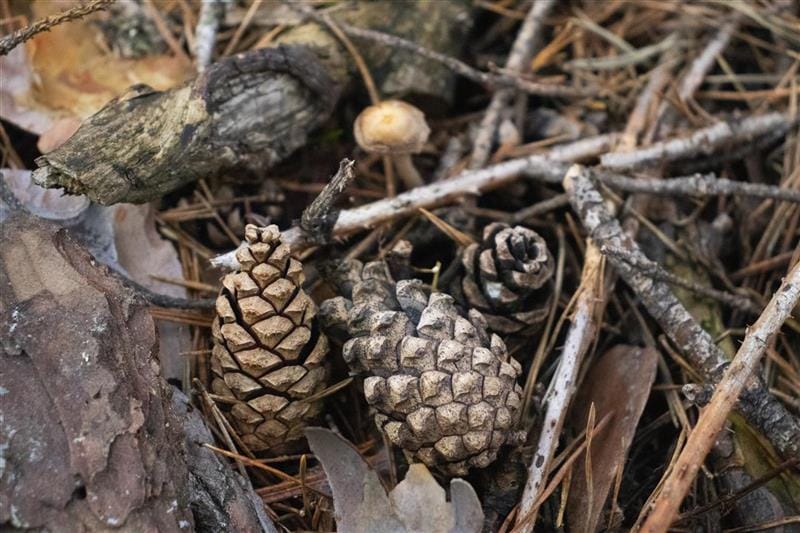
Children can create their own wrapping paper by stamping cookie cutter shapes or potato prints onto brown, recycled paper and children can give small gifts to each other. Perhaps the paper could be used by children to make crackers, with jokes written inside.
A letter could be sent from the elves and fairies asking classes to help them, by creating a miniature garden or scene with wooden figures and toys.
Product Spotlight
By embracing Hygge principles we can bring a cosy, warm feeling into our classrooms which helps children to feel comfortable and connected.
The introduction of Hygge elements may help with both pupil and staff well-being and create a feeling of calmness and contentment as the festive season approaches.
